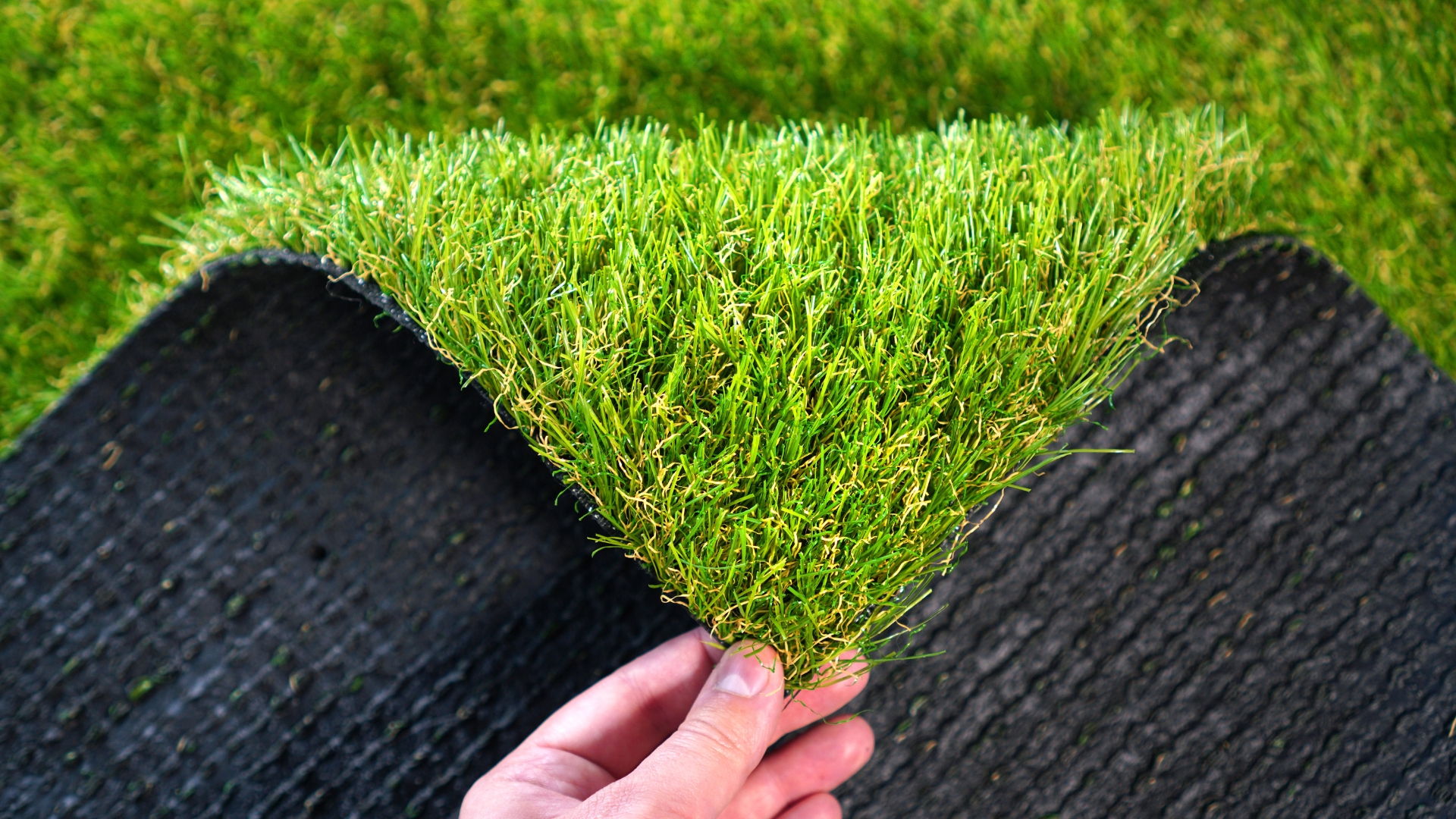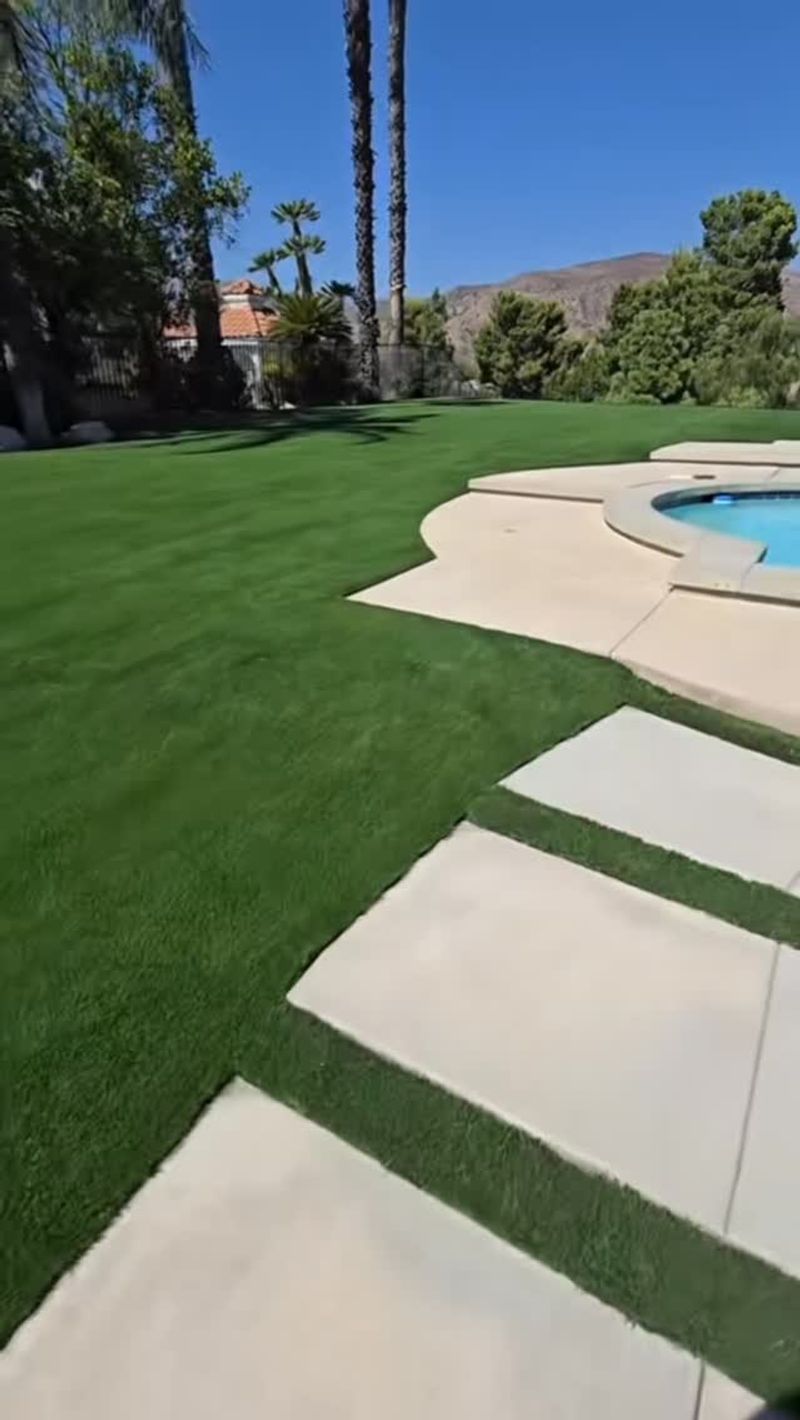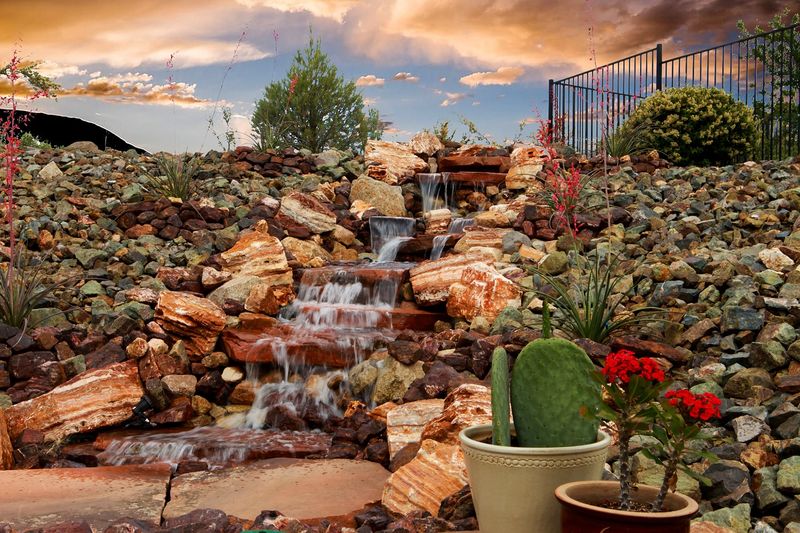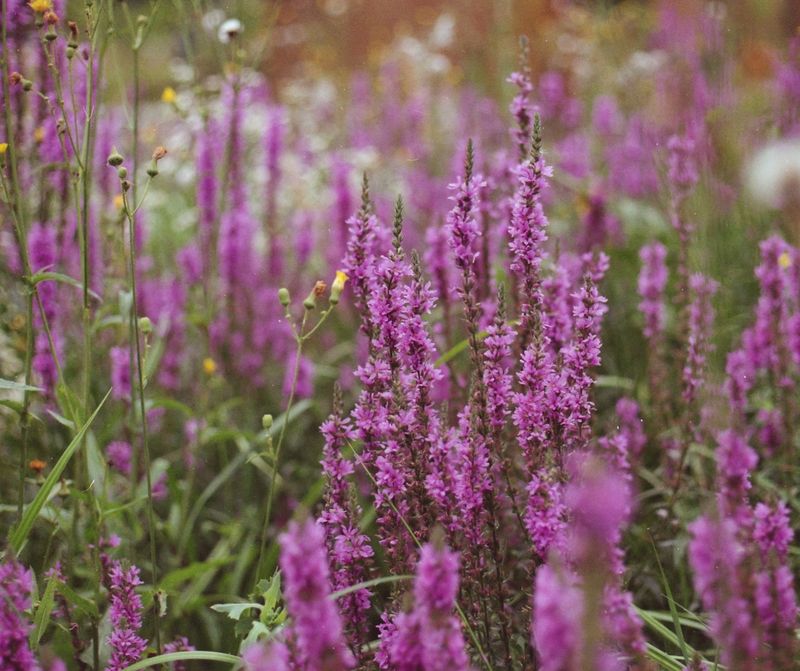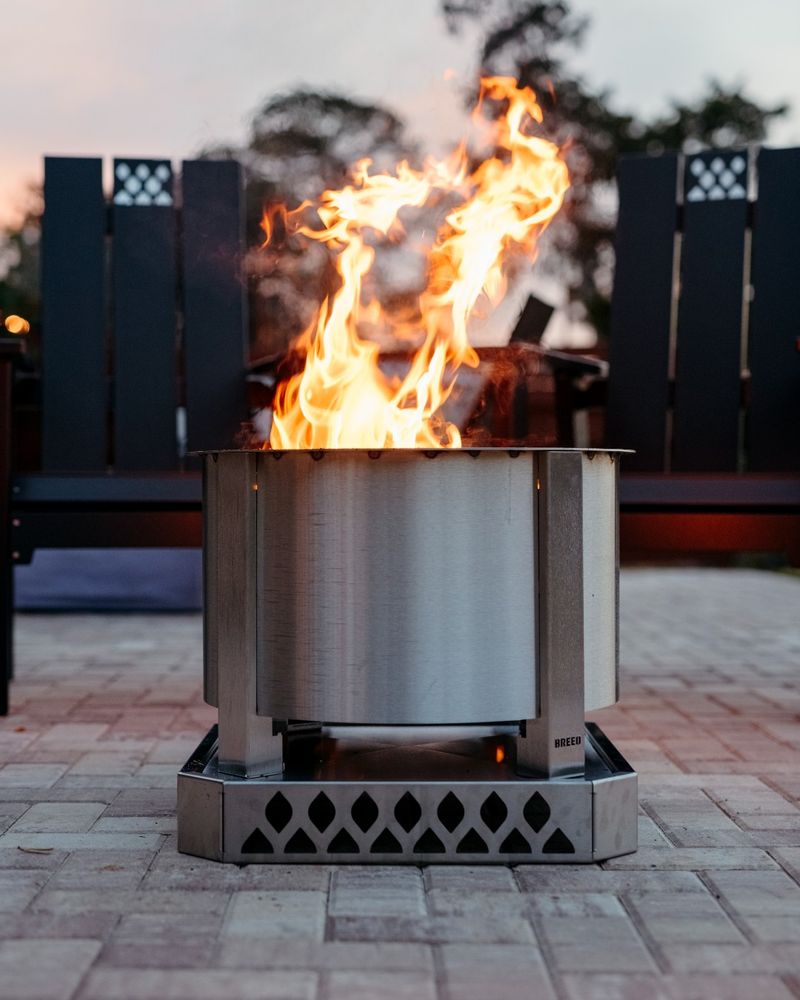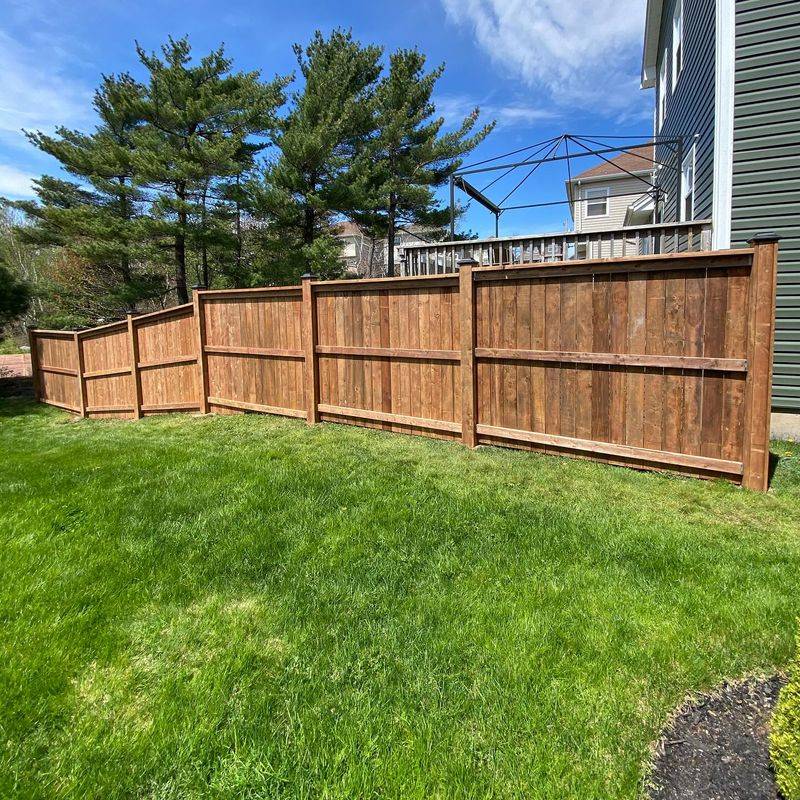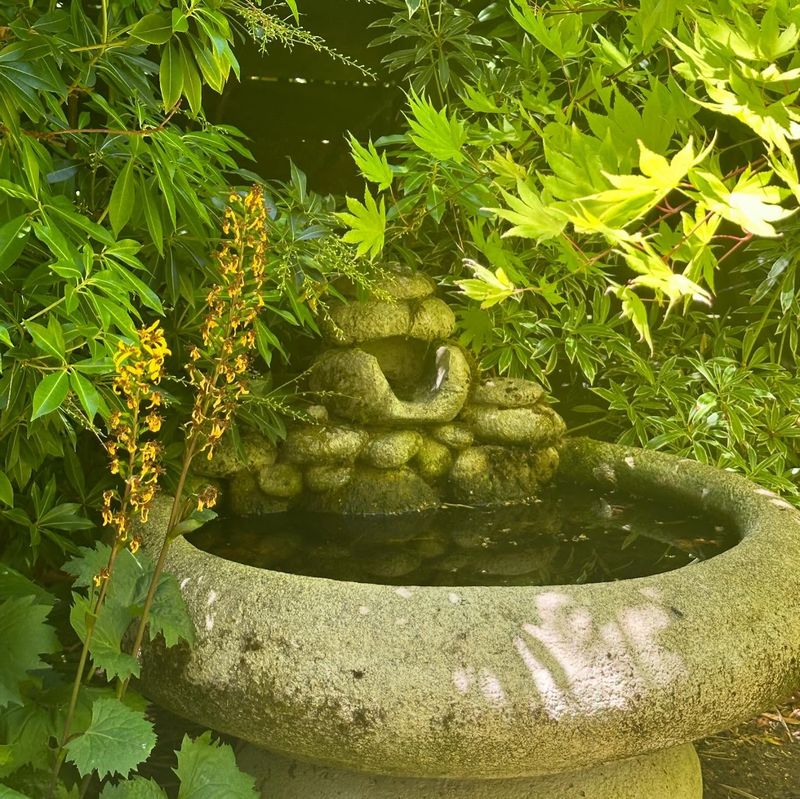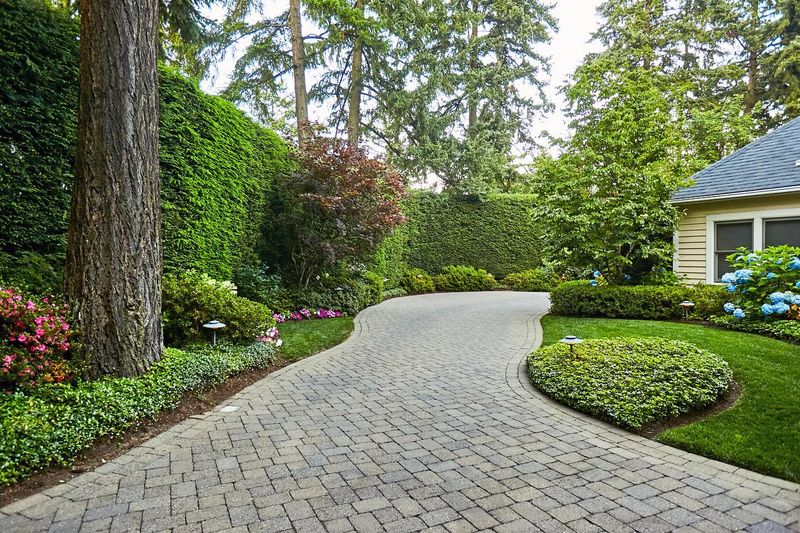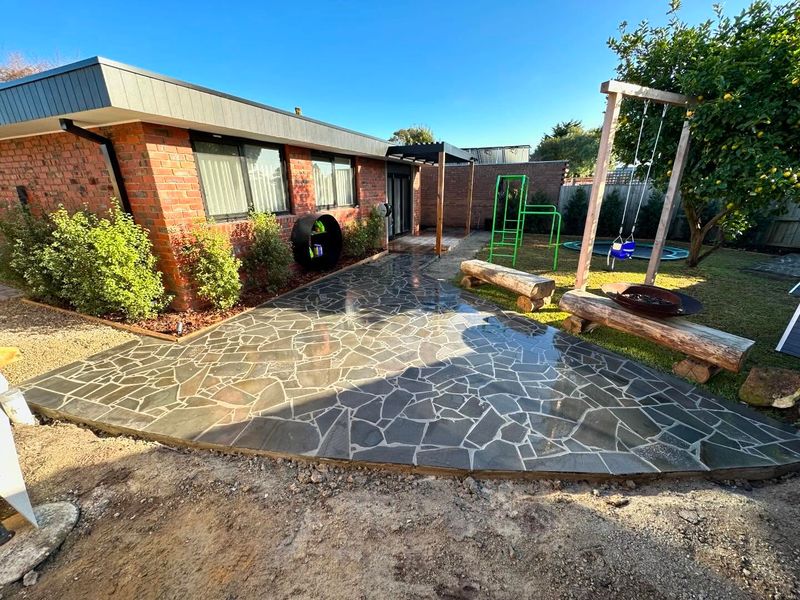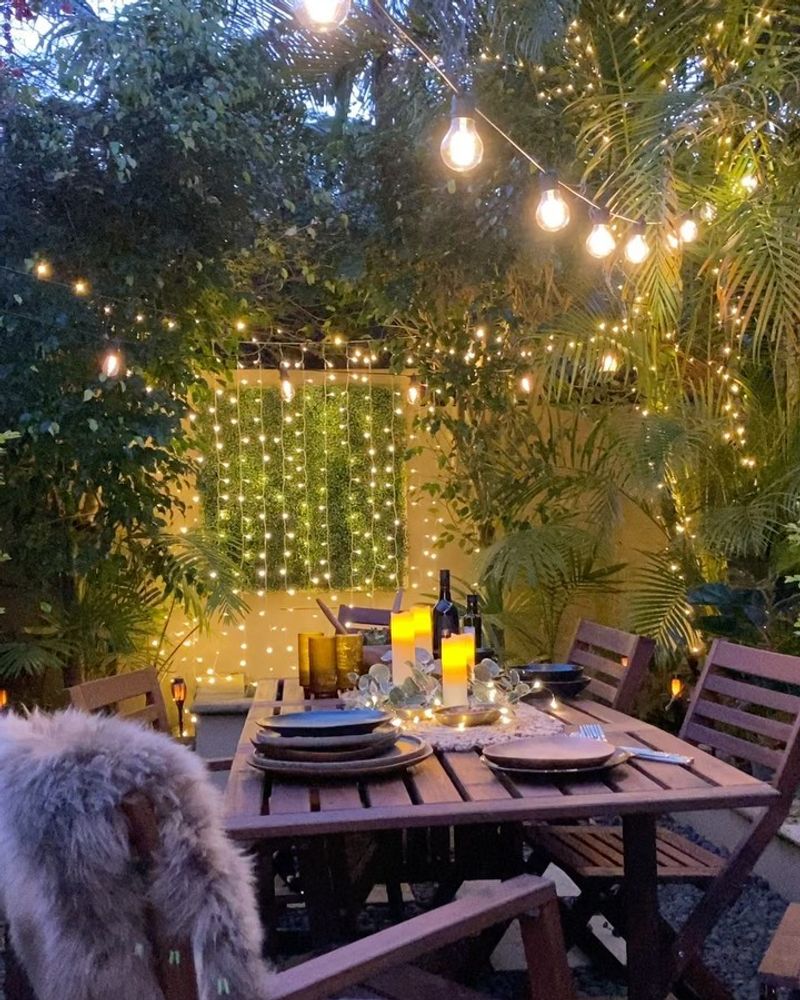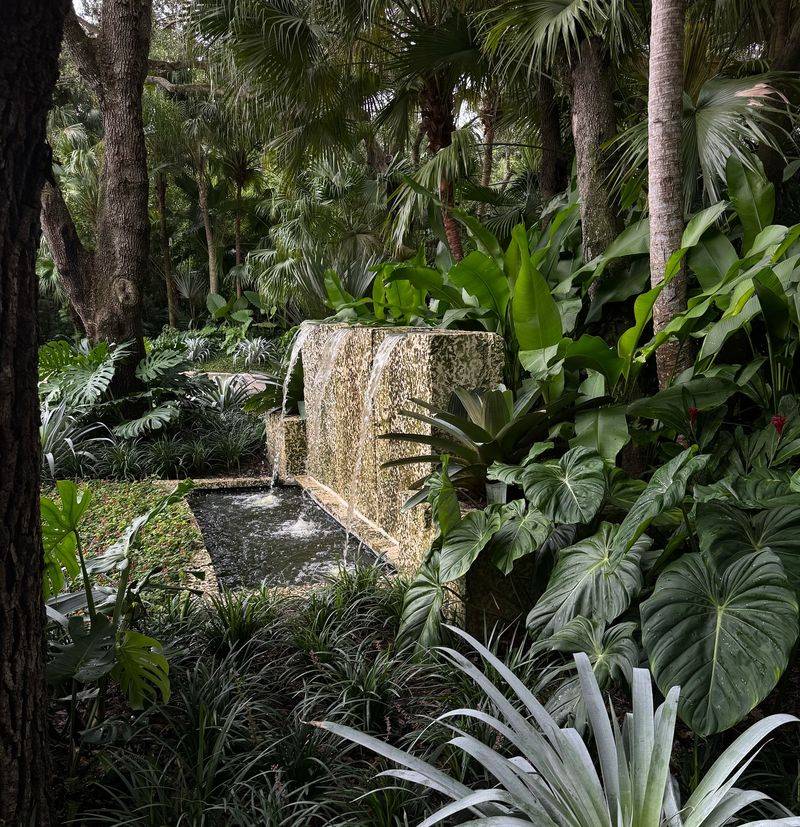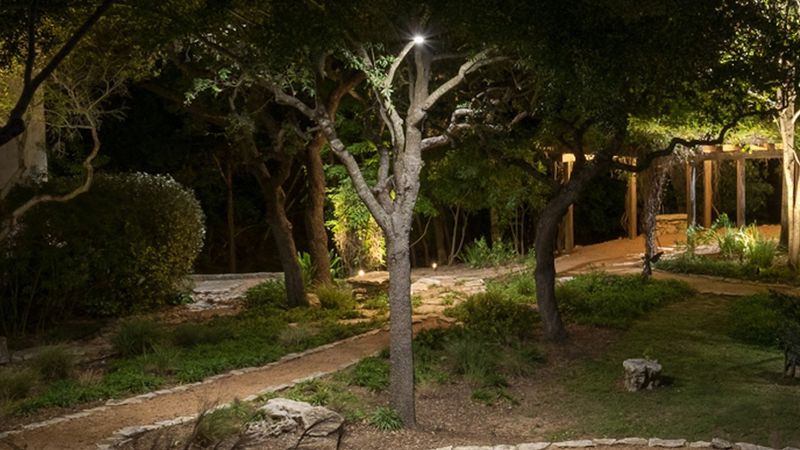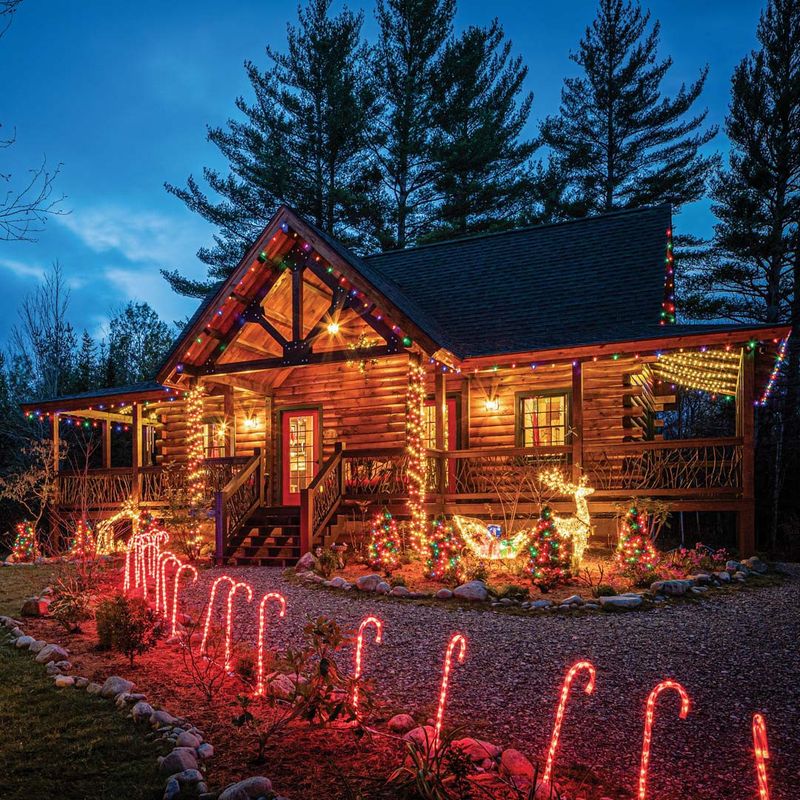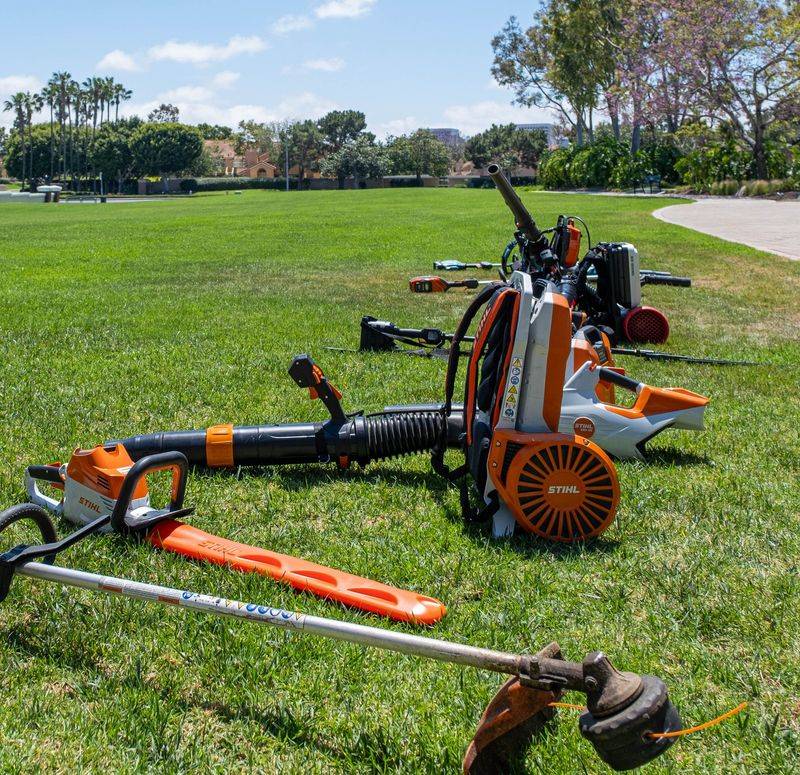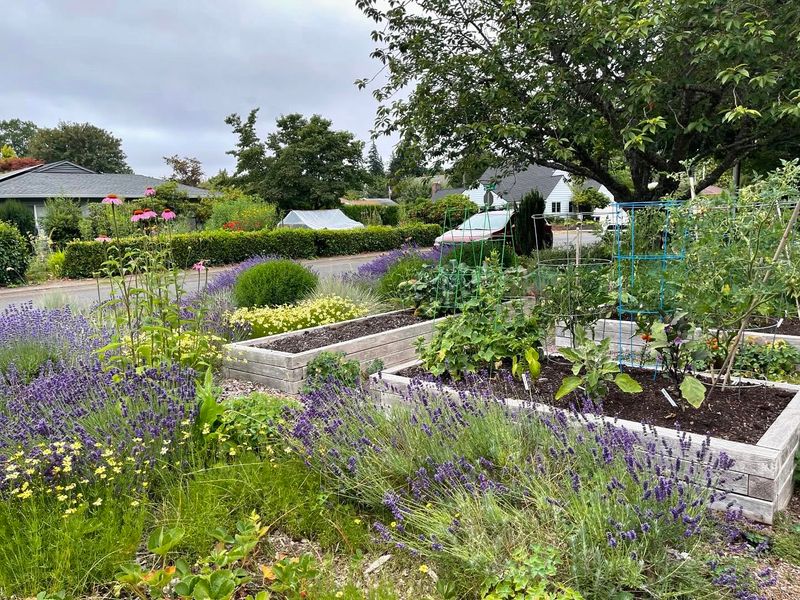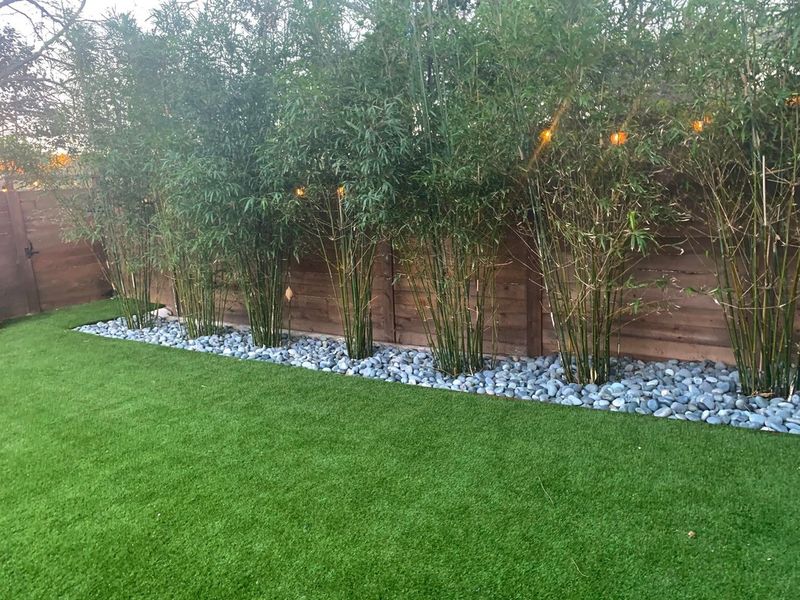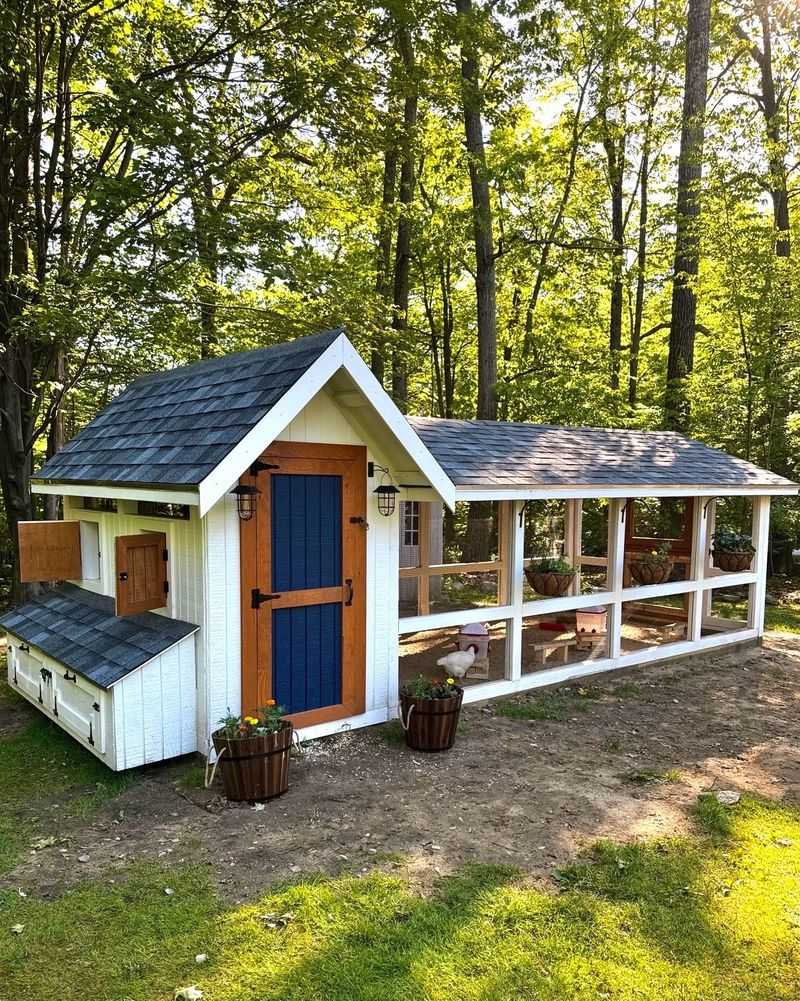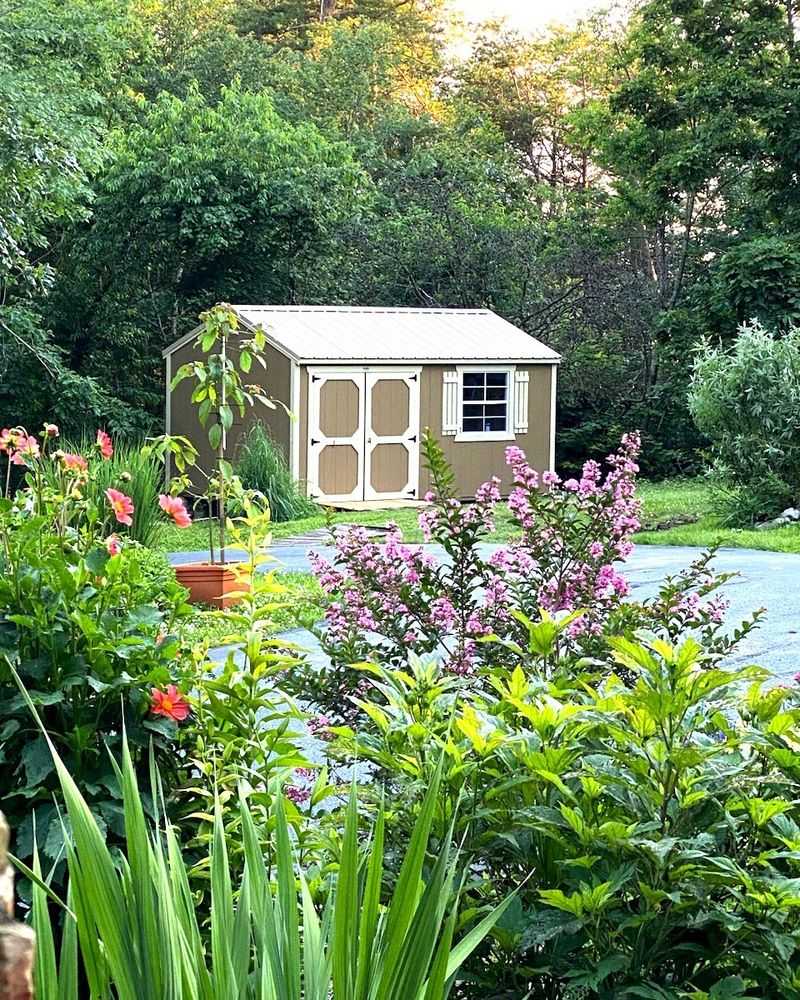I’ve seen a lot of wild yard trends, but some of these might actually get you in trouble. From quirky decor to landscaping choices that used to be the norm, times are definitely changing.
You might want to double-check if that thing in your front yard is still allowed. It’s kind of wild what’s on the chopping block these days. A few of these even surprised me—and I thought I’d seen it all.
1. Artificial Turf
Once hailed as a water-saving alternative, artificial turf is falling out of favor due to its environmental impact. The petroleum-based product creates heat islands and prevents natural water absorption into soil.
Many communities are now questioning its eco-credentials, citing concerns about microplastic pollution and habitat destruction. Several California counties have already started limiting installation in new developments.
2. Water-Hungry Lawns
Traditional green lawns require enormous amounts of water to maintain, especially in drought-prone regions. Western states are leading the charge against these thirsty expanses with tiered water pricing and usage restrictions.
Las Vegas has already banned purely decorative grass in some areas, offering rebates to homeowners who replace lawns with desert-friendly landscaping. Other states are following suit with similar programs.
3. Invasive Plant Species
That gorgeous purple loosestrife or fast-growing Japanese barberry might seem like perfect additions to your garden. Unfortunately, these non-native plants can escape yard boundaries and wreak havoc on local ecosystems.
Many states are expanding their banned plant lists each year. Homeowners could soon face fines for harboring these botanical troublemakers, with some municipalities requiring removal at the owner’s expense.
4. Wood-Burning Fire Pits
Those cozy backyard bonfires might become a thing of the past. Air quality concerns have prompted many urban and suburban areas to restrict or ban wood-burning fire features entirely.
California leads with strict regulations in areas prone to air stagnation. Even in regions without outright bans, no-burn days are becoming more common during winter months and high fire danger periods, limiting when you can enjoy your pit.
5. Certain Fence Heights
The trend toward fortress-like privacy fences may soon hit a regulatory wall. Many neighborhoods are implementing stricter height limitations, especially for front yards where tall barriers create safety concerns and harm community aesthetics.
New ordinances typically cap front yard fences at 3-4 feet while allowing taller backyard options. Some communities are also banning certain materials like chain link in favor of more attractive alternatives.
6. Chemical Pesticides
The days of freely spraying synthetic bug killers around your yard are numbered. Concerns about pollinator decline, pet safety, and human health are driving restrictions on chemical pesticide use in residential areas.
Several states have already banned certain compounds for non-commercial use. Homeowners may soon need to switch to organic alternatives or integrated pest management approaches that minimize chemical interventions.
7. Non-Native Hedges
Privacy hedges using non-native species like Leyland cypress are facing increasing scrutiny. These plants often require excessive water and contribute little to local wildlife support compared to native alternatives.
Forward-thinking municipalities are beginning to mandate native species for new hedge installations. Existing non-native hedges might be grandfathered in, but replacement with native options could become mandatory when they decline.
8. Large Paved Areas
Expansive driveways and patios create runoff problems during storms, overwhelming drainage systems and contributing to flooding. Cities are responding with impervious surface limits that restrict how much of your property can be covered with non-porous materials.
Homeowners may soon need permits for large paving projects or be required to install permeable alternatives. Some areas already mandate rain gardens or other mitigation measures alongside new paved surfaces.
9. Outdoor String Lights
Those trendy patio lights creating an Instagram-worthy backyard might soon face restrictions. Light pollution ordinances are expanding beyond commercial properties to include residential outdoor lighting that spills into neighboring yards or the night sky.
New rules typically limit brightness, require downward-facing fixtures, and restrict hours of operation. Some dark-sky communities have already implemented comprehensive outdoor lighting codes affecting all property types.
10. Water Features With High Evaporation
Ornamental fountains and waterfalls that spray water into the air may face restrictions in drought-prone regions. These features lose significant amounts to evaporation, making them increasingly difficult to justify in water-conscious communities.
New regulations might require recirculating systems, timers, or moisture sensors. Some areas already limit water feature size or ban them entirely during severe drought conditions.
11. Certain Outdoor Lighting Colors
Colorful LED landscape lighting might seem harmless, but blue and white lights can disrupt wildlife and human sleep patterns. Scientists have linked these wavelengths to declining insect populations and bird migration confusion.
Forward-thinking communities are beginning to specify acceptable light colors and temperatures. Warm amber lighting (below 3000K) may become the only legal option for outdoor residential fixtures.
12. Excessive Holiday Decorations
Those spectacular holiday light displays attracting neighborhood traffic might face new limitations. Concerns about energy waste, light pollution, and traffic congestion are prompting communities to regulate seasonal decorations.
New ordinances typically limit display size, brightness, duration, and operating hours. Some areas now require permits for large displays or mandate energy-efficient LED lights instead of traditional incandescents.
13. Gas-Powered Lawn Equipment
The familiar roar of gas mowers and leaf blowers could soon be silenced across America. These tools produce significant air and noise pollution, prompting more than 100 cities to implement restrictions already.
California has passed legislation phasing out gas-powered lawn equipment sales entirely. Other states are considering similar measures, with subsidies for electric alternatives to ease the transition for homeowners.
14. Front Yard Vegetable Gardens
Growing tomatoes in your front yard might seem innocent, but some communities consider vegetable gardens unsightly. Homeowner associations and municipalities have battled residents over front yard food production for years.
The tide is turning with several states passing right-to-garden laws protecting homeowners. However, aesthetic regulations may still limit garden size, require decorative borders, or mandate seasonal cleanup.
15. Bamboo Plantings
Bamboo’s rapid growth makes it popular for privacy screens but problematic for containing. Without proper barriers, invasive varieties can quickly spread to neighboring properties, causing property damage and neighborly disputes.
Many municipalities now classify running bamboo as a nuisance plant. New regulations typically require underground barriers, setbacks from property lines, or outright bans on the most invasive varieties.
16. Backyard Chickens
Urban chicken-keeping has exploded in popularity, but not all neighbors appreciate the early morning crowing. Cities are responding with increasingly specific regulations about flock size, coop placement, and rooster prohibitions.
Some municipalities are banning chickens entirely after unsuccessful trial periods. Others require expensive permits, regular inspections, or neighbor approval before allowing backyard birds.
17. Recreational Equipment Storage
Leaving kayaks, trampolines, and basketball hoops visible from the street might soon violate local codes. Communities are implementing stricter rules about recreational equipment storage to maintain neighborhood aesthetics.
New ordinances typically require these items to be stored out of public view when not in use. Some areas mandate specific setbacks from property lines or limit the number of visible recreational items per household.

